What happened to the window sill ?
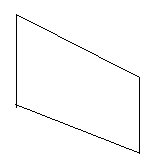
Bottom pitched for a drip.
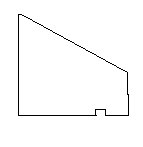
Bottom level. A drip groove prevents water from running back to the house.

Water running down will take it's course in deterioration in due time-look at the Grand Canyon. Also for stucco, brick or other materials that aren't waterproof water can soak through behind the wall prematurely deteriorating the material. Lack of groove or angled drip actually deflects water between the sill and the wall.
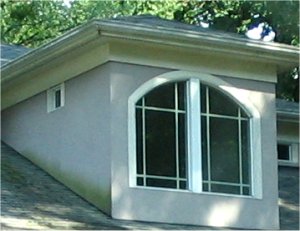
No sill at all on this EIFS dormer is asking for trouble- No sill and the band are the Trend these days.
One argument I heard from an architect defending lack of sills on a multi-million dollar renovation is he wanted the "clean look". What looks clean about soot and dirt running down and staining the wall, or discoloration ? Also a wet wall promotes the growth of moss, and traps other airborn dirt and grime.
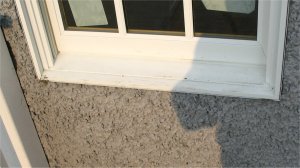
New stucco addition we recently finished had no sills on the plans.
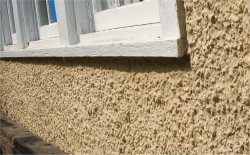
The original house had sills, with a drip groove and an angled bottom.
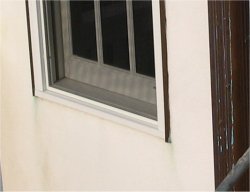
Stucco addition on the house next door was done the same way-no sills even though the existing house had good sills. Note how water runs right between the window and the stucco. I would guess this addition was built in the last 20 years, and the original house about 1925.
Unfortunately, I have very little control over the lack of sills, all I can do is make a suggestion. It seems like not much work running off some 2 x 2 or whatever lumber on a table saw and cutting to length and nailing on the wall.
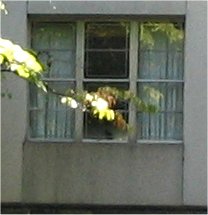
Is this the "clean look"? No sill and as a result this nice stucco installation is badly stained. A window sill could have prevented this.
Sometimes we make stucco sills, when directed, but stucco really isn't that reliable as material for sills or horizontal surfaces. The stucco isn't very water resistant, and is subject to easy staining and discoloration.